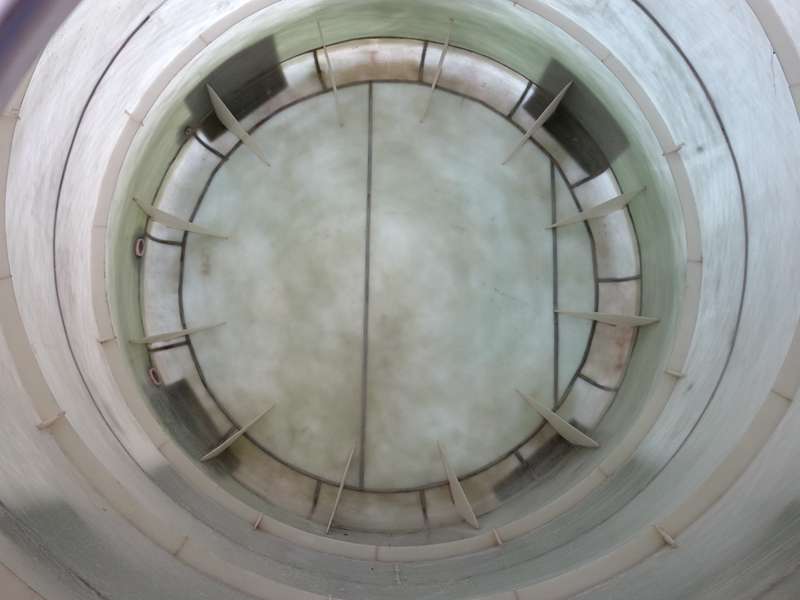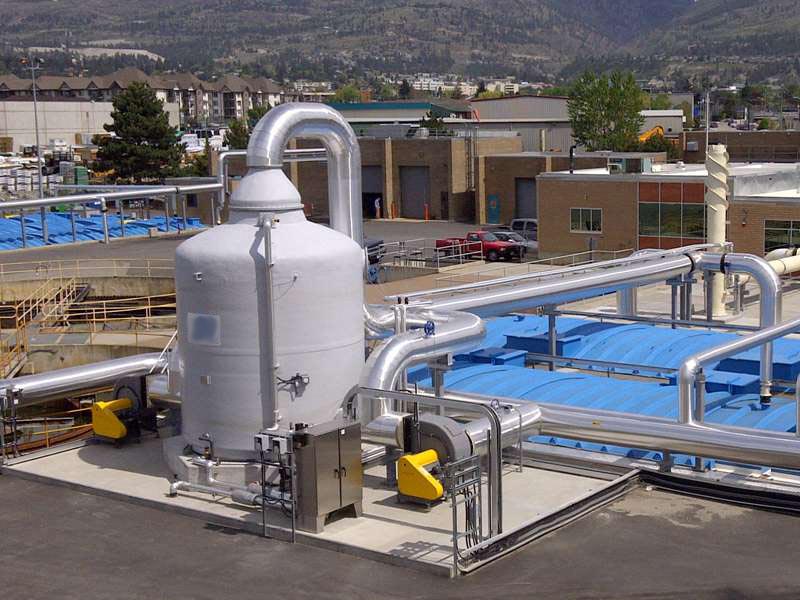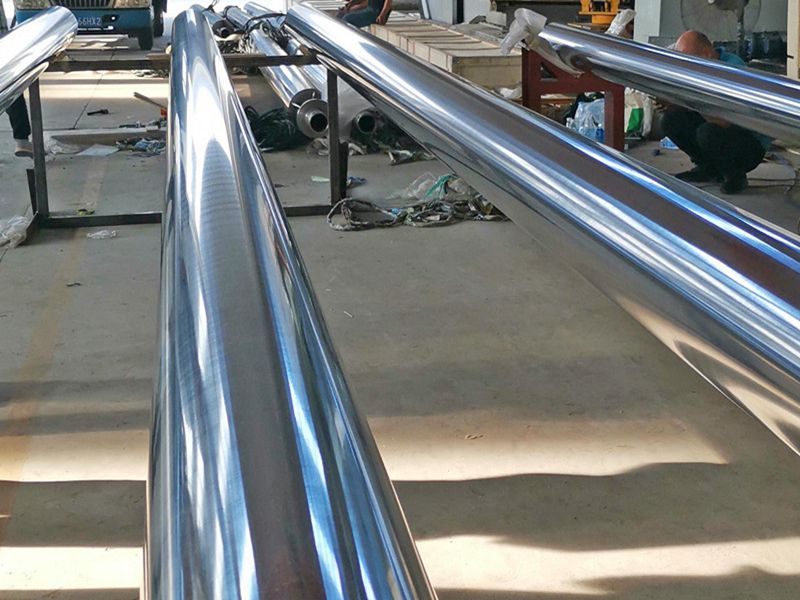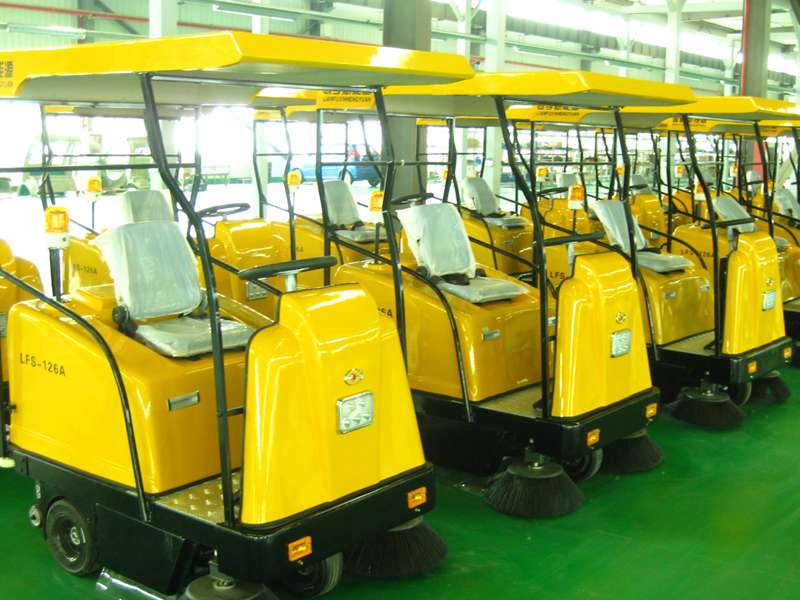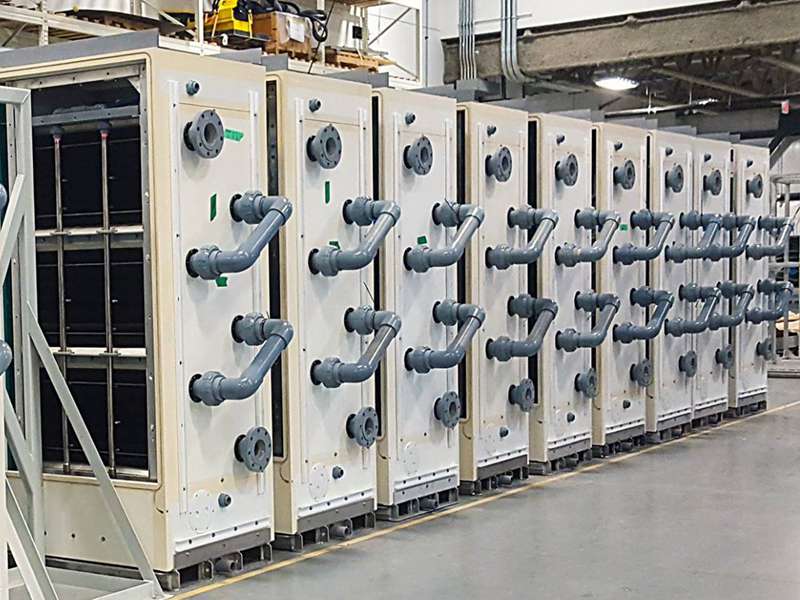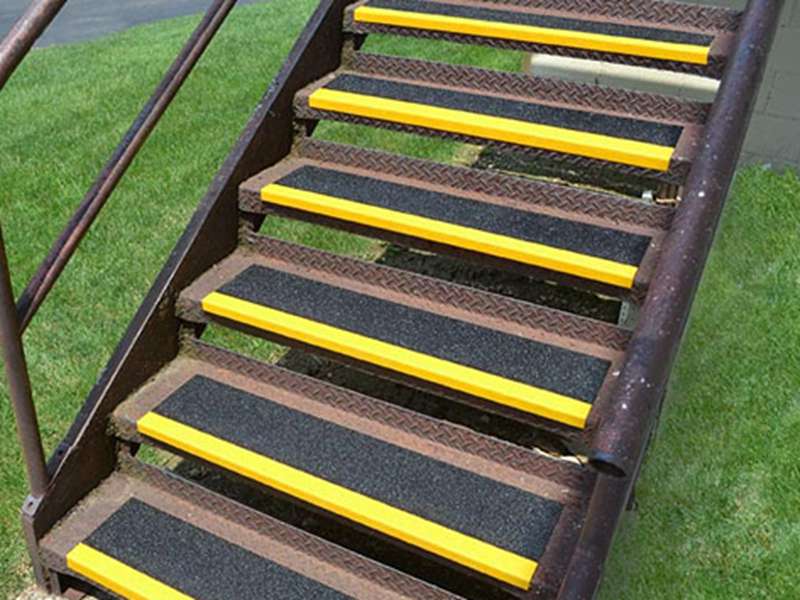
-
 Afrikaans
Afrikaans -
 Albanian
Albanian -
 Amharic
Amharic -
 Arabic
Arabic -
 Armenian
Armenian -
 Azerbaijani
Azerbaijani -
 Basque
Basque -
 Belarusian
Belarusian -
 Bengali
Bengali -
 Bosnian
Bosnian -
 Bulgarian
Bulgarian -
 Catalan
Catalan -
 Cebuano
Cebuano -
 China
China -
 China (Taiwan)
China (Taiwan) -
 Corsican
Corsican -
 Croatian
Croatian -
 Czech
Czech -
 Danish
Danish -
 Dutch
Dutch -
 English
English -
 Esperanto
Esperanto -
 Estonian
Estonian -
 Finnish
Finnish -
 French
French -
 Frisian
Frisian -
 Galician
Galician -
 Georgian
Georgian -
 German
German -
 Greek
Greek -
 Gujarati
Gujarati -
 Haitian Creole
Haitian Creole -
 hausa
hausa -
 hawaiian
hawaiian -
 Hebrew
Hebrew -
 Hindi
Hindi -
 Miao
Miao -
 Hungarian
Hungarian -
 Icelandic
Icelandic -
 igbo
igbo -
 Indonesian
Indonesian -
 irish
irish -
 Italian
Italian -
 Japanese
Japanese -
 Javanese
Javanese -
 Kannada
Kannada -
 kazakh
kazakh -
 Khmer
Khmer -
 Rwandese
Rwandese -
 Korean
Korean -
 Kurdish
Kurdish -
 Kyrgyz
Kyrgyz -
 Lao
Lao -
 Latin
Latin -
 Latvian
Latvian -
 Lithuanian
Lithuanian -
 Luxembourgish
Luxembourgish -
 Macedonian
Macedonian -
 Malgashi
Malgashi -
 Malay
Malay -
 Malayalam
Malayalam -
 Maltese
Maltese -
 Maori
Maori -
 Marathi
Marathi -
 Mongolian
Mongolian -
 Myanmar
Myanmar -
 Nepali
Nepali -
 Norwegian
Norwegian -
 Norwegian
Norwegian -
 Occitan
Occitan -
 Pashto
Pashto -
 Persian
Persian -
 Polish
Polish -
 Portuguese
Portuguese -
 Punjabi
Punjabi -
 Romanian
Romanian -
 Russian
Russian -
 Samoan
Samoan -
 Scottish Gaelic
Scottish Gaelic -
 Serbian
Serbian -
 Sesotho
Sesotho -
 Shona
Shona -
 Sindhi
Sindhi -
 Sinhala
Sinhala -
 Slovak
Slovak -
 Slovenian
Slovenian -
 Somali
Somali -
 Spanish
Spanish -
 Sundanese
Sundanese -
 Swahili
Swahili -
 Swedish
Swedish -
 Tagalog
Tagalog -
 Tajik
Tajik -
 Tamil
Tamil -
 Tatar
Tatar -
 Telugu
Telugu -
 Thai
Thai -
 Turkish
Turkish -
 Turkmen
Turkmen -
 Ukrainian
Ukrainian -
 Urdu
Urdu -
 Uighur
Uighur -
 Uzbek
Uzbek -
 Vietnamese
Vietnamese -
 Welsh
Welsh -
 Bantu
Bantu -
 Yiddish
Yiddish -
 Yoruba
Yoruba -
 Zulu
Zulu
fiberglass stack liner alternative
Exploring Alternatives to Fiberglass Stack Liners A Comprehensive Overview
In the realm of industrial operations, stack liners play a vital role in maintaining efficiency and environmental compliance. Traditionally, fiberglass stack liners have been the go-to solution for many facilities. However, increasing awareness about sustainability, costs, and the advent of advanced materials have prompted manufacturers to explore alternatives. This article delves into the merits and challenges of various alternatives to fiberglass stack liners, highlighting their application and effectiveness.
Understanding Fiberglass Stack Liners
Fiberglass stack liners have long been favored due to their durability, resistance to corrosion, and relatively low maintenance needs. They consist of glass fibers reinforced with resin, making them lightweight yet strong. Fiberglass liners can withstand high temperatures and harsh chemical environments, which is essential for industries like power generation, petrochemicals, and manufacturing. Nevertheless, their impact on the environment, particularly during production and disposal, raises concerns.
Emerging Alternatives
1. Stainless Steel Liners
Stainless steel liners are becoming increasingly popular due to their longevity and resistance to corrosion. Unlike fiberglass, stainless steel can withstand extreme temperatures and corrosive substances without degrading. These liners have an extended lifespan, significantly reducing the need for replacements. Their recyclability further enhances their appeal, making them a sustainable option for environmentally conscious industries. However, the higher initial installation costs can be a deterrent for some businesses.
2. High-Temperature Ceramic Coatings
Ceramic coatings are another alternative, especially in high-temperature applications. These coatings can provide excellent thermal resistance and are highly effective in protecting the underlying structure from heat and chemical attacks. They can be applied to various substrates, including metals and composites, enhancing their versatility. However, the application process can be labor-intensive and requires skilled professionals to achieve optimal performance.
fiberglass stack liner alternative
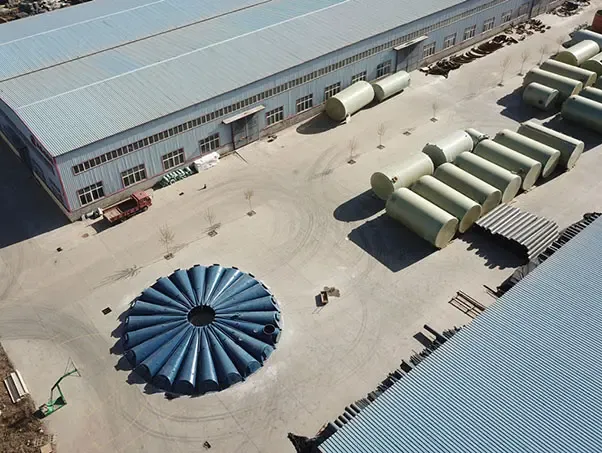
3. Polymer-Based Liners
Advanced polymer materials, such as polyvinyl chloride (PVC) and thermoplastic elastomers (TPE), have emerged as viable alternatives to fiberglass liners. These materials offer impressive chemical resistance and flexibility, allowing for easier installation and adaptation to various configurations. They are also lighter than fiberglass, which can reduce installation costs. Although not as temperature-resistant as fiberglass, advances in polymer technology are rapidly closing this gap.
4. Reinforced Thermoplastic Composites (RTC)
RTC materials combine the lightweight properties of thermoplastics with the strength of traditional composites. These liners offer excellent resistance to chemicals and UV radiation, making them suitable for diverse environments. With advancements in manufacturing techniques, RTCs can be produced in various shapes and sizes, offering flexibility in design and installation. However, further research is required to assess their long-term durability in extreme conditions.
Considerations for Choosing Alternatives
When selecting a stack liner, several factors must be taken into account
- Temperature and Chemical Resistance The material chosen must withstand the specific conditions present in the application. Understanding the operational environment is crucial. - Installation and Maintenance Costs While some alternatives may have higher upfront costs, long-term savings from reduced maintenance and replacement should be considered. - Environmental Impact Companies are increasingly prioritizing sustainable practices. Evaluating the life cycle of the material, including production, usage, and disposal, is essential. - Performance History and Standards Compliance New materials should meet industry standards to ensure safety and efficacy.
Conclusion
As industries continue to evolve, so do the materials available for critical applications such as stack liners. While fiberglass liners have dominated the market, alternatives like stainless steel, ceramic coatings, polymer-based liners, and RTCs offer unique advantages that can enhance performance and sustainability. By understanding the specific requirements of their operations and considering the broader implications of their choices, companies can make informed decisions that not only meet their physical needs but also their environmental responsibilities. The future of stack liners is promising, with innovation paving the way for more effective and sustainable solutions.
Latest news
-
Oblate Tanks: Space-Saving, Durable Liquid Storage SolutionsNewsAug.27,2025
-
High-Performance Piping System Solutions for Industry & Commercial UseNewsAug.26,2025
-
Precision Fittings: Durable & Reliable Industrial & Plumbing SolutionsNewsAug.25,2025
-
Practical Steps: Unlock Success with Our Proven GuidesNewsAug.24,2025
-
Transport Tanks: Safe, Durable & Efficient Liquid HaulingNewsAug.23,2025
-
High-Quality Piping Systems for Efficient Flow & DurabilityNewsAug.22,2025


